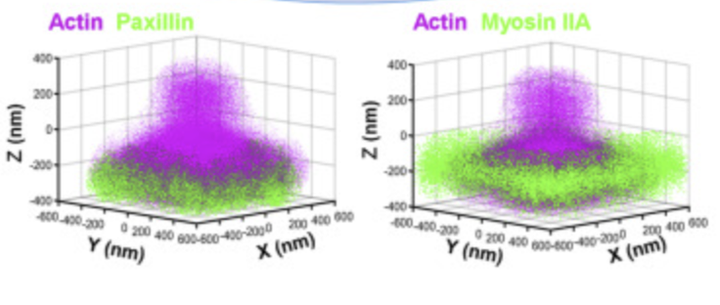我是Tina表姐,毕业于中国人民大学,对数学建模的热爱让我在这一领域深耕多年。我的建模思路已经帮助了百余位学习者和参赛者在数学建模的道路上取得了显著的进步和成就。现在,我将这份宝贵的经验和知识凝练成一份全面的解题思路与代码论文集合,专为本次赛题设计,旨在帮助您深入理解数学建模的每一个环节。
让我们来分析C题!
本次国赛(五题)完整内容均可以在文章末尾领取!
问题1建模过程

添加图片注释,不超过 140 字(可选)
- 决策变量
定义决策变量 xi,j,t ,表示第 i 个地块在第 t 年的第 j 季种植的作物面积。
- 目标函数
(1) 滞销情况: 最大化净收益,不考虑超出销售量的部分。
max∑t=20242030∑i,j(pricej×yieldj×xi,j,t−costj×xi,j,t)
(2) 降价销售: 考虑超出部分按50%价格出售。
max∑t=20242030∑i,j(pricej×yieldj×xi,j,t−costj×xi,j,t+discountj)
- 约束条件
-
地块适用性:
-
约束每个地块的作物种植类型。
-
不重茬:
-
同一地块连续季节不能种植相同作物。
-
豆类轮作:
-
每三年内每个地块至少种植一次豆类。
-
种植面积限制:
-
每个地块的种植面积不能超过其总面积。
数学公式
-
地块适用性: xi,j,t≤areai
-
不重茬: xi,j,t×xi,j,t+1=0
-
豆类轮作: ∑t=t0t0+2∑j∈beansxi,j,t≥1
代码实现
import pulp
# 示例数据(需根据实际数据替换)
crops = ['wheat', 'rice', 'vegetables', 'beans']
land_types = ['dry', 'irrigated', 'terrace', 'slope']
years = range(2024, 2031)
seasons = [1, 2]
crop_data = {
'wheat': {'cost': 100, 'yield': 1.5, 'price': 200, 'expected_sales': 500},
'rice': {'cost': 120, 'yield': 2.0, 'price': 180, 'expected_sales': 400},
'vegetables': {'cost': 80, 'yield': 2.5, 'price': 150, 'expected_sales': 300},
'beans': {'cost': 90, 'yield': 1.8, 'price': 160, 'expected_sales': 250}
}
land_data = {
'land1': {'type': 'dry', 'area': 10},
'land2': {'type': 'irrigated', 'area': 15},
# 添加更多地块
}
# 定义问题
problem = pulp.LpProblem("Crop_Planning", pulp.LpMaximize)
# 决策变量
x = pulp.LpVariable.dicts(
"crop_area",
((land, crop, year, season) for land in land_data for crop in crops for year in years for season in seasons),
lowBound=0,
cat='Continuous'
)
# 目标函数
scenario = 1 # 修改为1或2以选择不同情况
profit = pulp.lpSum(
(crop_data[crop]['yield'] * crop_data[crop]['price'] * x[land, crop, year, season] - crop_data[crop]['cost'] * x[land, crop, year, season])
for land in land_data for crop in crops for year in years for season in seasons
)
if scenario == 2:
profit += pulp.lpSum(
(0.5 * crop_data[crop]['yield'] * crop_data[crop]['price'] * (x[land, crop, year, season] - crop_data[crop]['expected_sales']))
for land in land_data for crop in crops for year in years for season in seasons
if x[land, crop, year, season] > crop_data[crop]['expected_sales']
)
problem += profit
# 约束条件
for land in land_data:
for year in years:
for season in seasons:
problem += pulp.lpSum(x[land, crop, year, season] for crop in crops) <= land_data[land]['area']
for year_block in range(2024, 2031, 3):
problem += pulp.lpSum(x[land, 'beans', year, season] for year in range(year_block, year_block + 3) for season in seasons) >= 1
# 求解
problem.solve()
# 输出结果
for v in problem.variables():
if v.varValue > 0:
print(v.name, "=", v.varValue)
print("Total Profit = ", pulp.value(problem.objective))说明
-
数据替换:请根据具体数据替换 crop_data 和 land_data。
-
目标函数:根据不同情况切换 scenario 变量。
-
约束条件:根据地块和作物特性调整。
表姐提示:需根据数据调整代码。
由于篇幅过长
更多内容具体可以看看我的下方名片!
里面包含有本次竞赛一手资料与分析!
另外在赛中,我们也会陪大家一起解析建模比赛
记得关注Tina表姐哦~